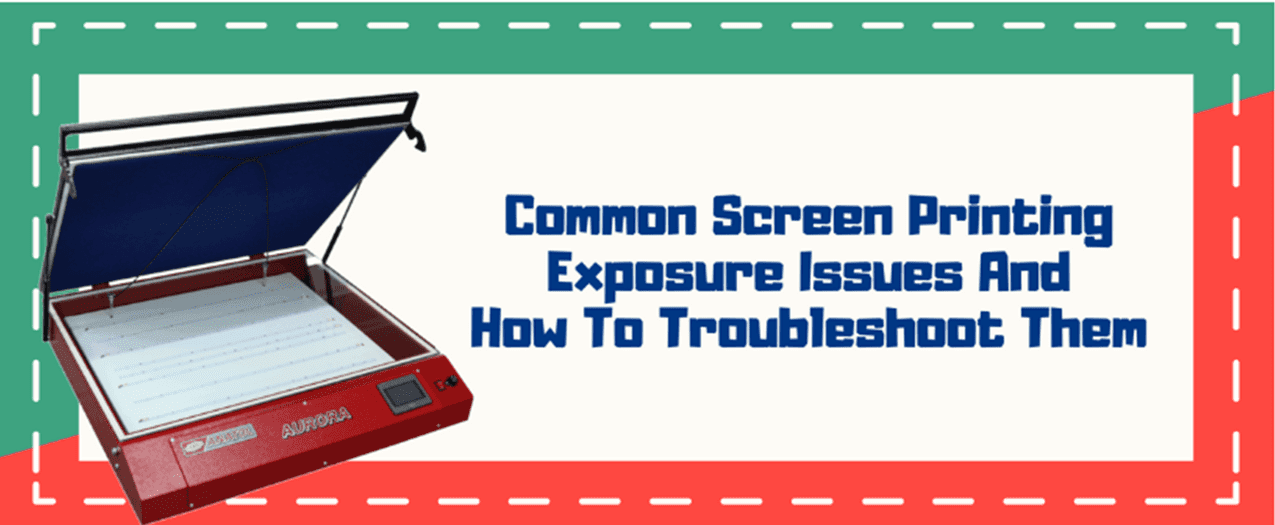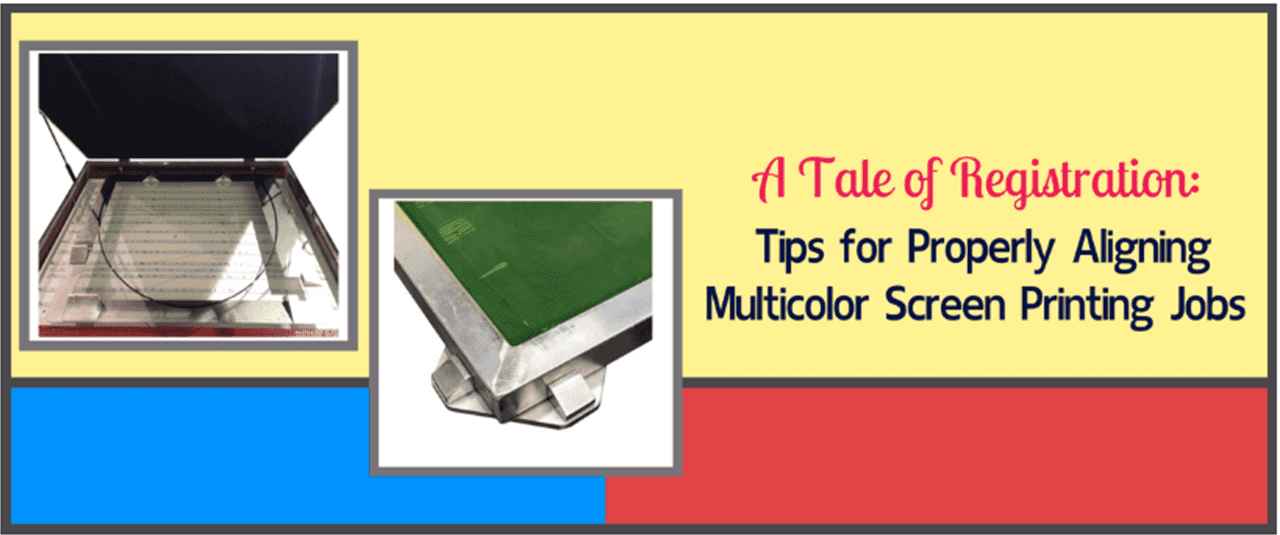

Revolutionizing the screen printing industry through cutting-edge technology and quality service
Anatol Equipment Manufacturing Co.
1429 S Shields Dr
Waukegan, IL 60085


Revolutionizing the screen printing industry through cutting-edge technology and quality service
Anatol Equipment Manufacturing Co.
1429 S Shields Dr
Waukegan, IL 60085

Exposure issues can create a lot of headaches in your screen printing shop, but fortunately there are some easy steps you can take to prevent them! Are your screens giving you problems? You know how important a great stencil is in creating a great screen print. For that reason, exposure problems can cause some of […]
Read more
A high quality multicolor screen print depends on tight registration – here are some ways to achieve it! This article was written for Printwearmag.com by Michael Jirasek Once upon a time… Some people viewed it as an art that could not be taught. To others it was a mystery that only a special few with “the eye” […]
Read more
If you’re not careful about keeping your shop clean, you might be costing yourself time and money! A dirty shop can cause a host of problems: Lint marks in the ink on finished prints, time lost searching for the right can of ink or the right screen, spills that can cause slips, boxes left out […]
Read more
While many factors determine the quality of your screen prints, it’s especially important not to overlook the condition of your pallets! This article was written for Printwearmag.com by Michael Jirasek It’s a part of the screen printing press that is known by many names – pallet, platen, shirtboard – to name a few of the more common descriptions. They’ve […]
Read more
When it comes to printing basic garments, most screen printers turn to 100-percent cotton substrates. More and more, however, customers are looking for alternatives. For that reason, cotton/polyester blends are becoming more common. These blended garments have plenty of advantages, but they also pose some of the same challenges that come with printing on fully […]
Read more
Jagged, blurry or fuzzy edges on screen prints can render products unsellable. If the edges of your screen prints aren’t clear and crisp, there could be several issues at work. Here are some ways you can prevent rough edges on your screen prints. Sawtoothing: Eliminating jagged edges A common screen printing problem, when it comes […]
Read more
Heat presses are great tools to use to quickly and easily apply designs to apparel, accessories, mugs and other promotional items. As easy as the process is, there’s still a learning curve involved in applying heat transfers. Here are some of the most common heat transfer mistakes and how to avoid them. 1. Misplaced, crooked or backward […]
Read more
The market for screen printing on metal provides ample opportunities for screen printing businesses. To succeed in that market, screen printers have to understand the technical aspects of screen printing on metal substrates. Not all metal substrates are created equal, and not all inks will adhere to all metals. Laying down a great print means […]
Read more
Koozies — those insulating foam can and bottle holders — have become a mainstay at backyard barbecues, summer holiday picnics, tailgates and sporting and musical events. For consumers, koozies help keep drinks colder by insulating them from warm air and warm hands, and by wicking away condensation. They also help set apart cans and bottles from the crowd, so everyone can keep track of their own drinks at social gatherings.
Read more
UV inks have been on the market for screen printers since the 1970s. They’ve grown in popularity as manufacturers have worked out product kinks and printers have learned the best applications and methods for UV inks. Screen printers who have been working primarily with garments — or those who are just getting started in screen printing — might be new to the world of UV inks.
Read more
Screen printing requires heat. Every screen printer knows that applying the right amount of heat for the right amount of time results in a crisp screen print that’s fully bonded to your substrate. Sometimes, however, heat can prove the enemy.
Read more
For most screen printers, liquid emulsion is the preferred tool for coating screens to make stencils. There is an alternative that’s often overlooked and undervalued: capillary film. Capillary films are sheets of hardened emulsion on a polyester backing. The emulsion side of the film is applied directly to a wetted mesh screen. The emulsion forms a firm bond with the mesh as it dries, and the backing is peeled away. From there, the printer can expose a stencil much as they would a screen coated with liquid emulsion.
Read moreYour message was successfully sent!